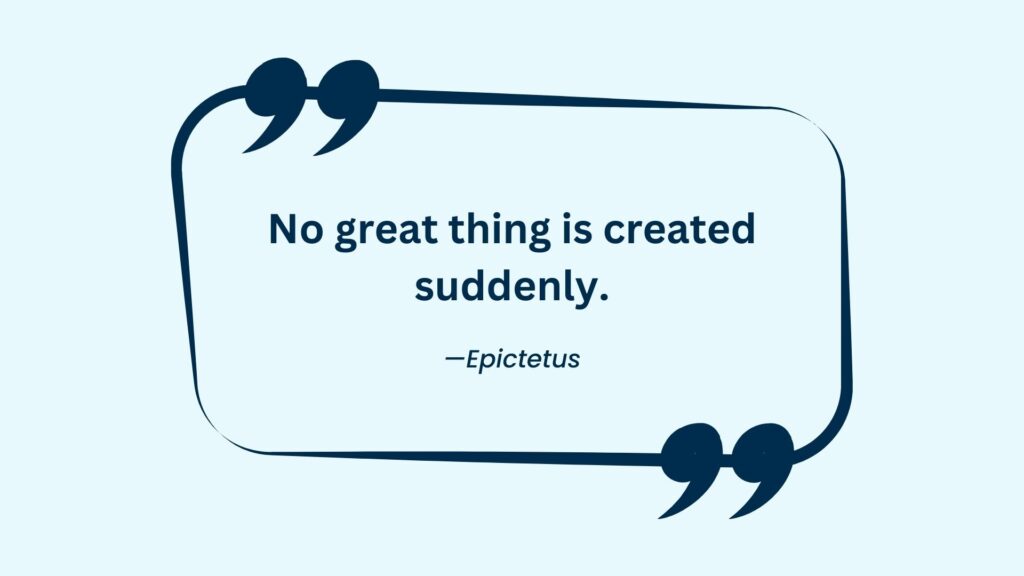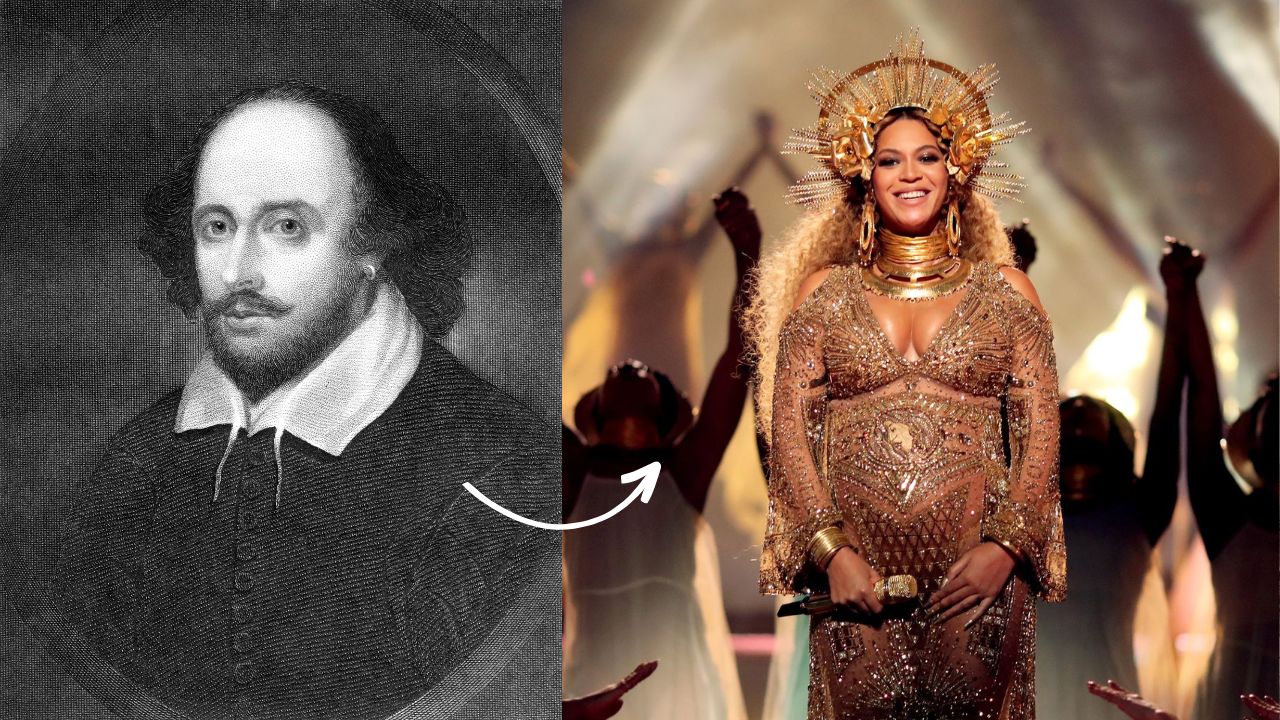Table of Contents
Have you ever listened to a song, watched a movie or admired a piece of art and noticed something familiar? Perhaps it’s an allusion – a subtle reference to another work of literature, history, or culture. Allusions are like Easter eggs hidden in creative works for the observant audience to find and appreciate. From Shakespeare references in Beyoncé’s lyrics to nods to classic paintings in modern art installations, allusions can be found everywhere. In this blog post, we’ll explore some fascinating examples of allusions in music, art, and film and discover how they enrich our understanding and enjoyment of these creative forms. So let’s dive into the world of allusion examples!
Allusion Examples in Music
Music is one of the most powerful forms of art that can transport us to different times and places. Often, music artists make references to other works of art or historical events through allusions in their lyrics. These allusions are not only a way for the artist to pay homage but also an opportunity for listeners to connect with the song’s meaning on a deeper level.
For example, Shakespeare Beyoncé’s “Partition” includes an allusion to Leonardo da Vinci’s Mona Lisa when she sings “He Monica Lewinsky’d all over my gown.” This line refers to the infamous scandal involving former President Bill Clinton and his intern Monica Lewinsky, which shares similarities with the mysterious smile on Mona Lisa’s face.
Similarly, Kendrick Lamar’s “Humble” makes reference to Michelangelo’s Sistine Chapel ceiling painting with its opening lines: “Wicked or weakness / You gotta see this.” The words were inspired by Michelangelo’s iconic fresco The Creation Of Adam where God extends his hand towards Adam.
In addition, Bob Dylan’s classic hit “All Along The Watchtower” has been covered by many artists including Jimi Hendrix who added his own touch. In Hendrix’s version he adds lyrics such as “Businessmen they drink my wine / plowmen dig my earth”. He was making direct references from Book of Isaiah 65:21-22; talking about how society will be if we allow things like lust get into our hearts
These examples show how music artists use allusions in their songs as a way of connecting with their audience beyond just entertainment value. Allusion examples continue to inspire more creativity in modern-day music-making while giving new life and relevance to old classics.
Allusion Examples in Art
Artists have been using allusions in their works for centuries to add meaning and depth to their creations. Some of the most famous paintings in history contain allusions that reference classical mythology, religious themes or historical events. For instance, Leonardo da Vinci’s iconic painting, The Last Supper, is an allusion to the biblical story of Jesus sharing his last meal with his disciples before being crucified.
Similarly, Vincent Van Gogh’s Starry Night contains an allusion to the Bible as well. The cypress tree which stands tall amidst swirling stars references death and mourning in Christianity. In addition to these examples, contemporary artists also use allusions in their work too. Banksy’s street art often incorporates pop culture icons like Mickey Mouse or Ronald McDonald into politically charged messages.
Allusions in art can be subtle or obvious depending on the artist’s intention and audience interpretation. They provide a layer of meaning beyond what is visible at first glance and invite viewers to engage more deeply with the artwork itself.
Allusion Examples in Literature
Allusions are a common literary device used in literature to add depth and meaning to a story. They are often used to connect a piece of writing to an event or person from history, mythology, or another literary work. Authors can also use allusions to create symbolic resonances between characters and themes.
One example of an allusion in literature is J. R. R. Tolkien’s reference to the Norse myth of Ragnarok in The Lord of the Rings trilogy. In this moment, Frodo Baggins represents the hero who will save Middle-earth from complete destruction like Ragnarok’s hero would save Asgard from its fate. Other examples of allusions in literature include Mark Twain’s references to Gulliver’s Travels, Harper Lee’s references to To Kill A Mockingbird in Go Set A Watchman, and William Shakespeare references to myths such as Pyramus and Thisbe in Romeo and Juliet.
Allusion Examples in Film
Film is an art form that often draws on allusions to create meaning and context. These references can be found in everything from character names to visual imagery, adding layers of depth and complexity to a movie.
One example of allusion in film can be seen in Quentin Tarantino’s “Pulp Fiction.” The character Jules quotes Ezekiel 25:17, a passage from the Bible, before killing his victims. This not only adds a level of intimidation to Jules’ character but also plays into themes of redemption and vengeance throughout the film.
Another example comes from Alfred Hitchcock’s classic thriller “Psycho.” In one scene, Marion Crane hides her stolen money inside a copy of Charles Dickens’ novel “Great Expectations.” The theft mirrors the novel’s themes of ambition and greed while also foreshadowing Marion’s eventual downfall.
In “The Matrix,” the main characters are named after historical or literary figures such as Morpheus (the Greek god of dreams) and Trinity (a reference to Christian theology). These references help build the world-building aspect by linking it with existing myths and legends.
Allusion adds a layer of richness to films that would otherwise not exist; it creates deeper meanings for those who catch them while making movies more enjoyable for everyone else watching.
Finally, the Pixar movie “Coco” features several allusions to Mexican culture. The main character Miguel is named after the famous musician Miguel Gallardo, while other characters such as Imelda and Ernesto are references to popular songs. These allusions help bring the movie’s story to life by connecting it with a cultural context.

How to Use Allusions
Allusions can be a powerful tool for writers, musicians, and filmmakers alike. However, it’s important to use them effectively in order to enhance the meaning of your work rather than confusing or alienating your audience.
Firstly, consider the context of your work. What is the message you’re trying to convey? How does the allusion fit into this message? Is it relevant to your audience?
It’s also important to ensure that your allusion is recognizable but not overused. An obscure reference may go over people’s heads while a well-known one might feel cliché.
Another tip is to use allusions sparingly – too many can become overwhelming and take away from the impact of each individual reference.
When using an allusion, make sure you understand its original meaning and context before incorporating it into your own work. This will allow you to use it in a way that enriches rather than detracts from what you’re trying to say.
Using allusions can add depth and richness to creative works when used thoughtfully and skillfully.
Conclusion
To conclude, allusion examples are a powerful tool in the hands of artists, filmmakers, and musicians. They add depth to their works by referencing other cultures, historical events or figures from literature. By using allusions creatively, they can evoke emotions and memories that resonate with audiences on a deeper level.
As we have seen in the examples mentioned above, allusions often require knowledge of history or pop culture to be fully appreciated. However, even if you don’t get every reference when listening to music or watching a film for the first time, it doesn’t mean you cannot enjoy these works.
In fact, discovering new allusions after repeated viewings can make them even more rewarding. Whether you’re interested in art history or just enjoy catchy tunes and thrilling movies – keep an ear out for allusion examples next time you’re exploring your favorite cultural mediums!








